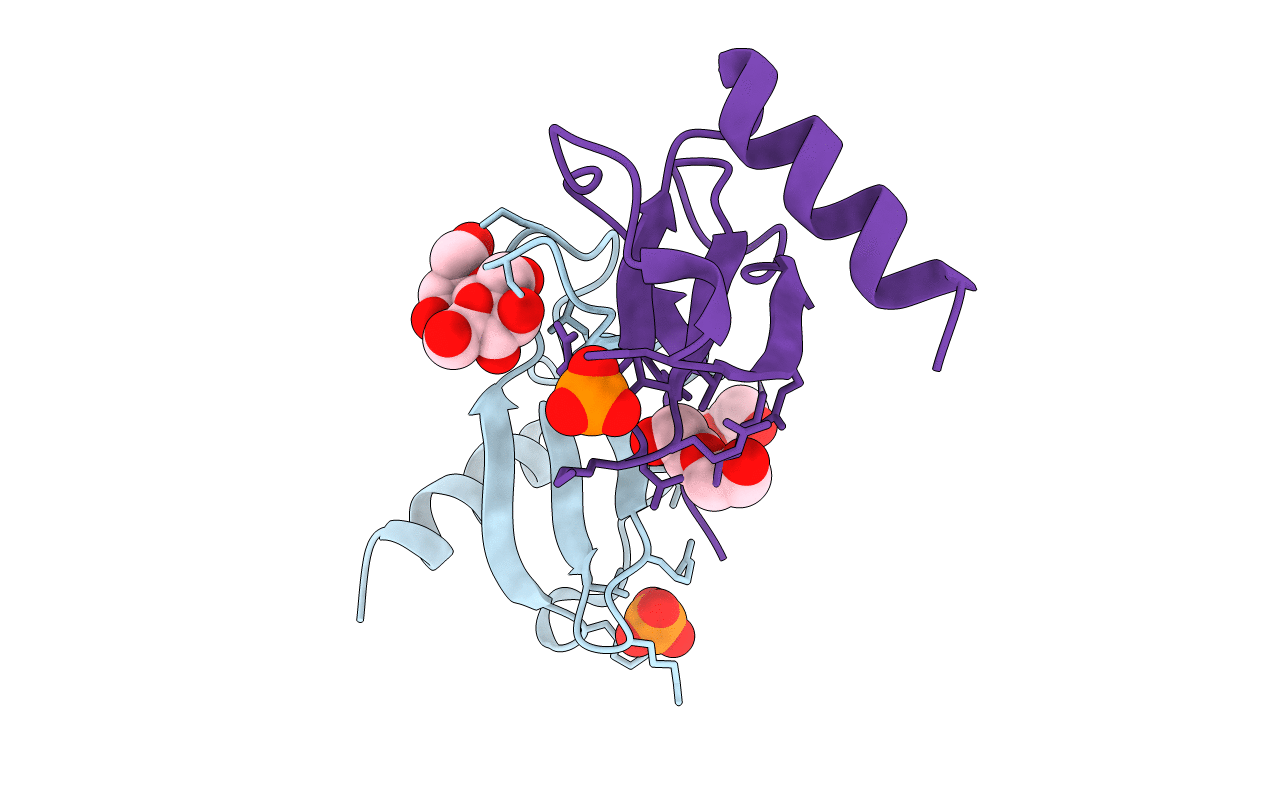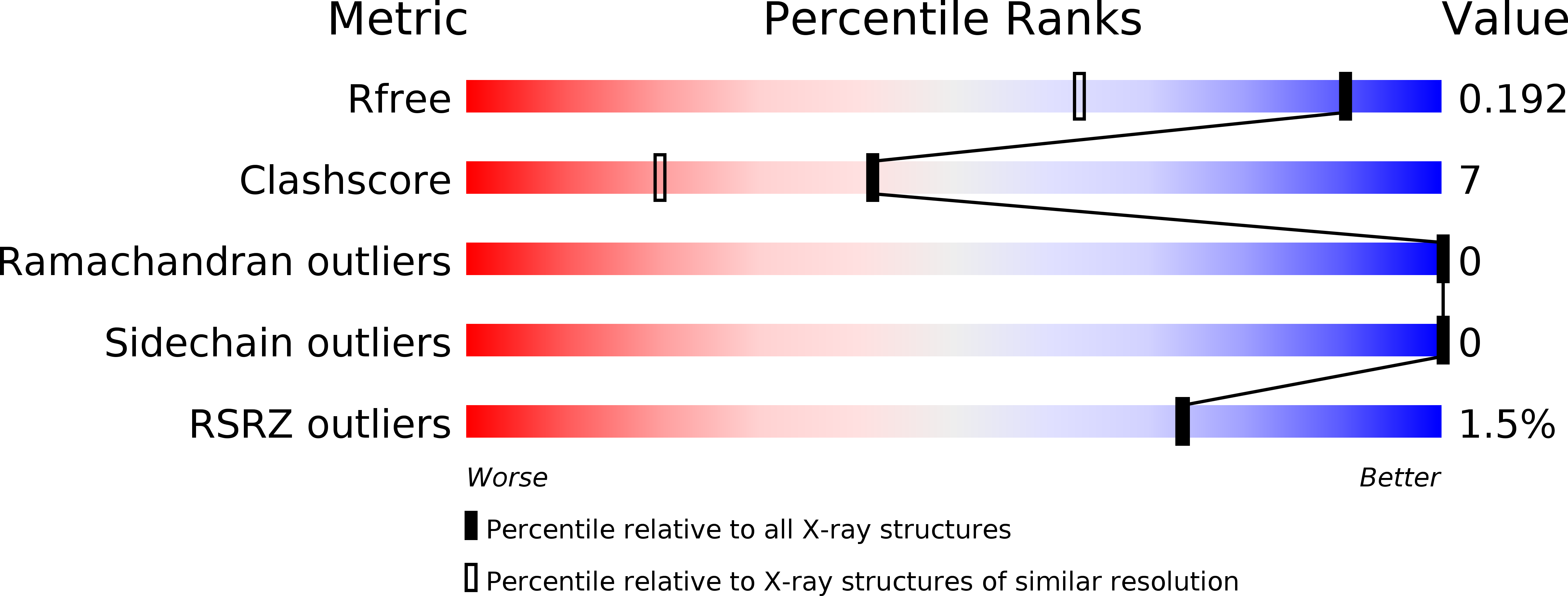
Deposition Date
2015-07-20
Release Date
2016-04-13
Last Version Date
2024-11-20
Method Details:
Experimental Method:
Resolution:
1.44 Å
R-Value Free:
0.19
R-Value Work:
0.15
R-Value Observed:
0.15
Space Group:
P 21 21 21


